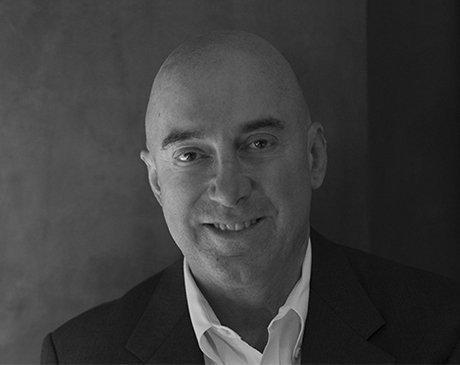Contents
What is Rhinoplasty?
Rhinoplasty is a facial plastic surgery procedure that aims to correct the nose’s proportion, shape, and function relative to the rest of the face. Sometimes called a nose job, a rhinoplasty is one of the most popular options for facial cosmetic surgery.
Having undergone nose surgery himself, Dr. Theodore Diktaban specializes in rhinoplasty surgery techniques with residencies in plastic surgery and ear, nose, and throat surgery. This means Dr. Diktaban is one of the leading rhinoplasty surgeons in the Manhattan area with a tremendous amount of experience. And yes, experience does matter!

Rhinoplasty Candidates
There are many reasons that people undergo rhinoplasty surgery. In some cases, an overly large, bumpy, or disproportionate nose affects their facial profile and overall self-confidence. For example, many patients choose rhinoplasty to remove a bump on the nasal bridge, reduce the size of flared or enlarged nostrils, reduce the size of a wide nose, correct a bulbous nasal tip, or change the overall projection of their nose. In other cases, patients have an anatomical defect or sustained an injury that affects nasal breathing and changes the shape or appearance of the nose as well.
When considering rhinoplasty, it’s important that you be in good overall health and able to undergo surgery, so experienced surgeon Dr. Diktaban will discuss your health history during your initial consultation to ensure you are a good candidate for rhinoplasty.
What to Expect From a Rhinoplasty Consultation in New York City
During your rhinoplasty consultation with Dr. Diktaban, he will first review your health history and examine your nose. You will have a chance to explain your concerns, such as breathing problems or unsightly nose shape. Dr. Diktaban will determine whether you are a good candidate and explain the best rhinoplasty techniques to meet your goals and achieve natural-looking results that suit your facial features. Finally, Dr. Diktaban may take photographs of your nose to best prepare for your plastic surgery.
What Happens During Rhinoplasty?
This surgical procedure can be performed using general anesthesia at our certified, in-house facility in New York City. There are a few different rhinoplasty procedures, and the exact surgical plan will depend on your goals and existing anatomy.
In general, nose surgery can be performed with two different incisions, and one may be better for you than the other. Once the appropriate incision is made, Dr. Diktaban will use a number of advanced surgical techniques to reshape, reduce, or enhance the nose according to your goals by manipulating nasal skin, bone, and cartilage.
Closed Rhinoplasty
During a closed rhinoplasty procedure, incisions are made inside the nostrils for completely unnoticeable scarring. This plastic surgery technique allows Dr. Diktaban to reshape the nose for a minimal correction like reducing bumps or straightening a deviated septum. VAPOR Nose® can be performed along with this incision pattern for fine-tuned and more significant results. Vapor Nose® is a procedure developed by Dr. Diktaban in order to remove a bump on a patient’s nose, without the use of traditional surgical tools.
Open Rhinoplasty
An open rhinoplasty incision is made across the columella, the skin between the nostrils, along with additional incisions on the inside of the nose within the natural contours of the nostrils. This allows Dr. Diktaban to lift the nose and have better access to the underlying structures nasal structure. This incision is reserved for procedures that involve crooked noses, cartilage grafts, or more extensive reconstructive surgery.
Revision Rhinoplasty
A revision rhinoplasty is a second rhinoplasty procedure performed if other plastic surgeons’ procedures led to unsatisfactory results. Revision rhinoplasties in New York utilize similar techniques to a primary rhinoplasty, but are generally more complicated and technically difficult to perform. For this reason, it’s important to choose a facial plastic surgeon who is experienced.
Preservation Rhinoplasty
Preservation rhinoplasty is a new technique where the surgeon preserves as much of the natural tissue as possible when performing the rhinoplasty procedure. This technique helps create a very natural-looking outcome.
Rhinoplasty Recovery
Rhinoplasty comes with a long recovery period because of the delicate structures of the nose. You’ll experience significant swelling and bruising for 5-10 days, during which time it’s extremely important to rest and avoid strenuous activities. You should also make sure to sleep with your head elevated on some pillows or a reclining chair, avoiding sleeping on your side or stomach. Laying down or bending over can increase swelling and negatively impact your results because of the many blood vessels present inside the nose.
Generally, patients wait about 1-2 weeks before returning to work or school. You may require 2-3 weeks if you work a more strenuous or public-facing job. You may wear a splint during this time and Dr. Diktaban will remove it during a follow-up appointment. There, he’ll assess your results and determine when you can begin returning to regular activities. Once your splint comes off, you should avoid wearing glasses or sunglasses until the nose is completely healed. This is because resting glasses on the bridge of the nose can cause indentations.
Finally, you should avoid blowing your nose during recovery since it can worsen swelling and put pressure on the recovering tissues. It’s common to experience dry, itchy eyes during the first few weeks. This can easily be managed with eye drops, and Dr. Diktaban can recommend the right ones for your needs.
Rhinoplasty Results
Although you’ll see your results begin to emerge over the course of the first few months, swelling may continue to subside for up to a year after your procedure, mostly in the tip of the nose. It can be distressing for many patients to undergo recovery for so long, but keep in mind that the results are worth it. It’s important to be patient and trust the process. Dr. Diktaban can help you understand more of what to expect as a rhinoplasty patient himself.
Fortunately with rhinoplasty, there is little scarring to worry about. The more important result of rhinoplasty is that your ability to breathe is maintained or improved along with its cosmetic look. For this reason, it’s important to select a board-certified plastic surgeon who specializes in rhinoplasty and can help prevent future problems.
Rhinoplasty Cost
The cost of rhinoplasty varies depending on the extent of the surgery and how long the procedure takes. We also offer a variety of rhinoplasty techniques, including traditional rhinoplasty and VAPOR nose. To determine the exact cost of your rhinoplasty surgery, please schedule a consultation with Dr. Diktaban at his New York office. He will assess your nose and discuss your individual cosmetic goals to determine the cost of your procedure.

Schedule a Consultation
If you experience breathing problems or are unhappy with the size and shape of your nose, a rhinoplasty is one of the best ways to transform your face for the long term. New York rhinoplasty surgeon Dr. Diktaban has proven experience performing highly effective rhinoplasties with natural results. To get started, contact our Manhattan office by calling 646-906-9449 or filling out our online form.
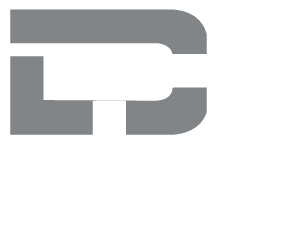
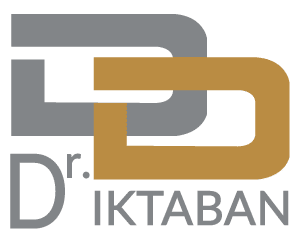
)
)


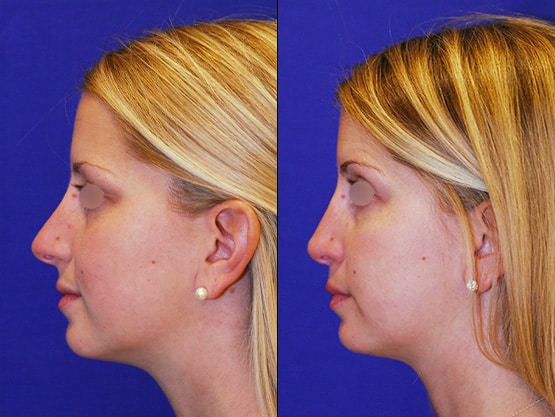
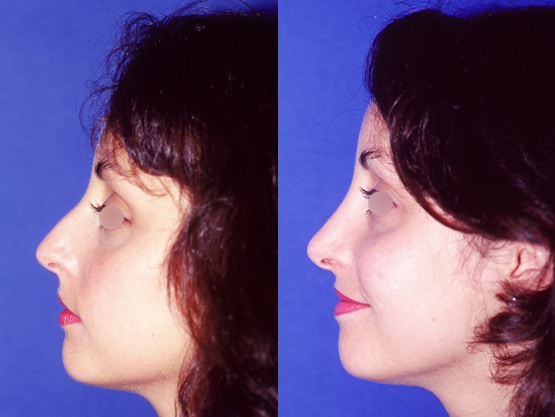
)
)
